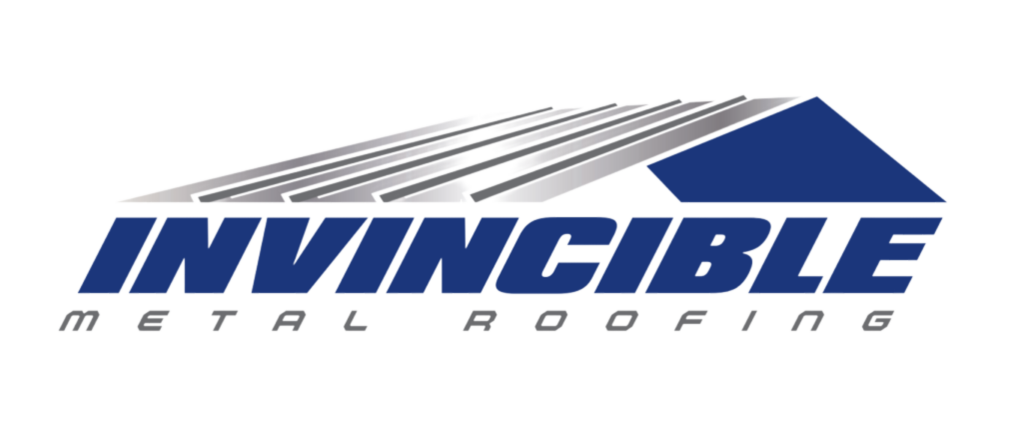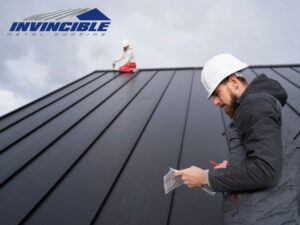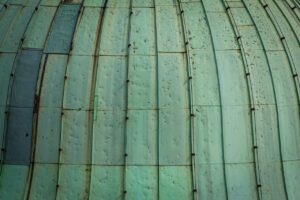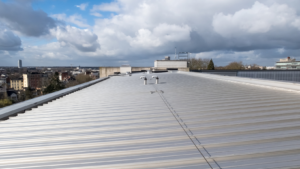Metal Roof Snow Guards vs Snow Rails – Which is Right for You?
In regions where snowfall is a regular occurrence, the accumulation of snow on metal roofs can pose significant challenges. Not only does the weight of the snow stress the structural integrity of buildings, but the sudden sliding off of snow can also create dangerous conditions for people and property below. To mitigate these risks, two primary solutions have been developed: snow guards and snow rails. Both systems are designed to manage snow accumulation on metal roofs effectively, yet they do so in distinctly different ways.
This article delves into the nuances of snow guards and snow rails, comparing their mechanisms, benefits, and suitability for various roofing needs, providing property owners with the information needed to make the right decisions for their buildings.
Metal Roof Snow Guards vs Snow Rails
| Feature | Snow Guards | Snow Rails |
|---|---|---|
| Purpose | Prevent sudden slides of snow and ice. | Retain large volumes of snow and allow gradual melting. |
| Design | Small, discrete devices scattered across the roof. | Horizontal bars or rails running parallel to the eaves. |
| Installation | Easier, and can often be done without professional help but with careful planning. | Requires professional installation due to structural implications. |
| Cost | Generally lower upfront cost. Cost varies with material and quantity. | Higher initial investment due to materials and labor. Long-term durability may offset initial costs. |
| Effectiveness | Best for moderate snowfall and slopes. | Suited for heavy snowfall and steep roofs. |
| Aesthetics | Less visible, and can blend with roofing material. | More prominent, may alter the roof’s appearance. |
| Maintenance | Low; occasional inspections and adjustments may be needed. | Very low; periodic inspections are recommended to ensure structural integrity. |
| Suitability | Roofs with moderate slope and snowfall. | Roofs experiencing heavy snowfall and requiring robust snow retention. |
Understanding Snow Guards
Snow guards are small, often unobtrusive, devices installed on metal roofs to prevent the sudden release of snow and ice. By breaking up the surface area of the roof, these guards allow snow to melt gradually or to safely accumulate without posing a risk of avalanche-like slides. Available in a variety of materials—including plastic, metal, and polycarbonate—snow guards can be selected to match the aesthetic and structural needs of any metal roof.
Their benefits are significant: from enhancing safety to preventing damage to lower roofs, gutters, and landscaping. However, their effectiveness can vary based on the number and placement of the guards, requiring careful planning and sometimes professional consultation. Limitations may include the need for periodic replacement and the potential for visual disruption to the roofline.
Exploring Snow Rails
Snow rails, or snow retention systems, are more robust solutions designed to manage heavy snowfall on metal roofs. These systems consist of horizontal bars or rails that run parallel to the eaves of the roof, creating a barrier that holds back accumulated snow and ice. Unlike snow guards, which are smaller and more numerous, snow rails are fewer but larger, often requiring a more involved installation process.
Snow rails are particularly suited for regions with heavy snowfall, as they can support larger volumes of snow over time. The benefits of snow rails include their durability and the minimal maintenance they require once installed. However, the initial cost and complexity of installation can be higher than that of snow guards, making them a more significant upfront investment.
Difference between Snow Guards and Snow Rails
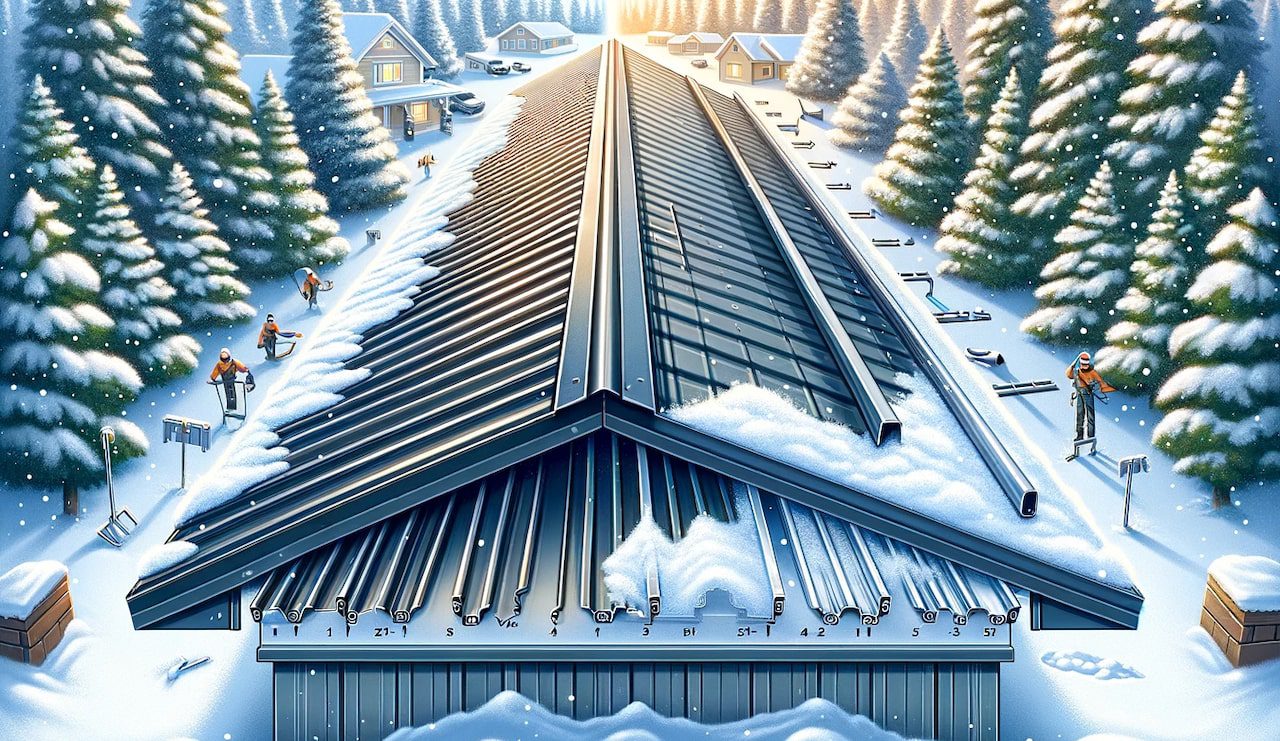
The primary difference between snow guards and snow rails lies in their approach to managing snow weight and distribution. Snow guards work by distributing the snow’s weight across a broader area of the roof, preventing any single point from bearing too much load. In contrast, snow rails provide a physical barrier that holds snow in place, allowing it to melt or be safely removed over time. This fundamental difference affects several aspects of their application:
- Installation: Snow guards can often be retrofitted to existing roofs with minimal structural modification, while snow rails may require more extensive preparation and reinforcement of the roof structure.
- Cost: The initial cost of snow rails is generally higher than that of snow guards due to the materials and labor involved in their installation. However, the longevity and low maintenance of snow rails can offset this initial investment over time.
- Effectiveness: While both systems are effective in preventing dangerous snow slides, snow rails are typically better suited for roofs experiencing heavy snowfall, due to their robust construction and greater snow retention capacity.
- Aesthetics: Snow guards tend to be less visible and can blend more seamlessly with the roofing material, whereas snow rails are more prominent and may alter the roof’s appearance more significantly.
How to Choose the Right System for Your Roof?
When faced with the decision between snow guards and snow rails, several factors should guide your selection process to ensure optimal performance and protection for your metal roof.
- Roof Design and Structure: The slope, size, and type of your metal roof significantly influence which system will be more effective. Snow guards are usually sufficient for roofs with a moderate slope, while snow rails might be necessary for steeper slopes where snow accumulation can pose a greater risk.
- Local Climate and Snowfall Patterns: The average snowfall and weather conditions in your area are critical considerations. In regions with heavy, frequent snowfall, snow rails may offer better protection due to their higher snow retention capacity.
- Aesthetic Preferences: The visual impact of either system on your roof and the overall appearance of your building should not be overlooked. Snow guards tend to be less intrusive, while snow rails are more visible but can be designed to complement the architectural style of your property.
- Budget: Budget constraints play a significant role in the decision-making process. Snow guards generally present a lower upfront cost, but the long-term benefits and durability of snow rails might offer a better return on investment for areas with severe winter conditions.
Installation and Maintenance
Regardless of which system you choose, proper installation and regular maintenance are key to ensuring the longevity and effectiveness of your snow management solution.
- Installation Process: Snow guards can often be installed without professional help, though it’s recommended to consult with a trusted metal roofing company to ensure optimal placement and quantity. Snow rails, given their complexity and the need for structural integrity, almost always require installation by experienced professionals.
- Maintenance Tips: Regular inspections, especially after heavy snowfall or extreme weather conditions, can help identify any issues or necessary repairs early on. For snow guards, check for signs of wear and tear or loosening. Snow rails should be inspected for any structural compromises or damage to the mounting points.
- Common Issues: Be aware of potential problems, such as ice dams with snow guards or the uneven distribution of snow with snow rails, which could impact performance. Addressing these issues promptly with maintenance or adjustments is crucial to prevent damage to the roof or the snow retention system itself.
Final Takeaways
Choosing between snow guards and snow rails for your metal roof involves considering a myriad of factors, from the structural design of your roof and local climate conditions to aesthetic preferences and budget constraints. Both systems offer effective solutions for managing snow accumulation, yet they cater to different needs and scenarios. Snow guards are typically suited for moderate snowfall and slopes, offering a less intrusive and more cost-effective option. Snow rails, on the other hand, provide a robust solution for areas prone to heavy snowfall, ensuring greater safety and durability at a higher initial investment.
Ultimately, the decision should be informed by a comprehensive evaluation of your specific circumstances, ideally in consultation with roofing professionals. With the right snow management system in place, you can protect your property from the hazards of winter weather and ensure the longevity of your metal roof for years to come.
